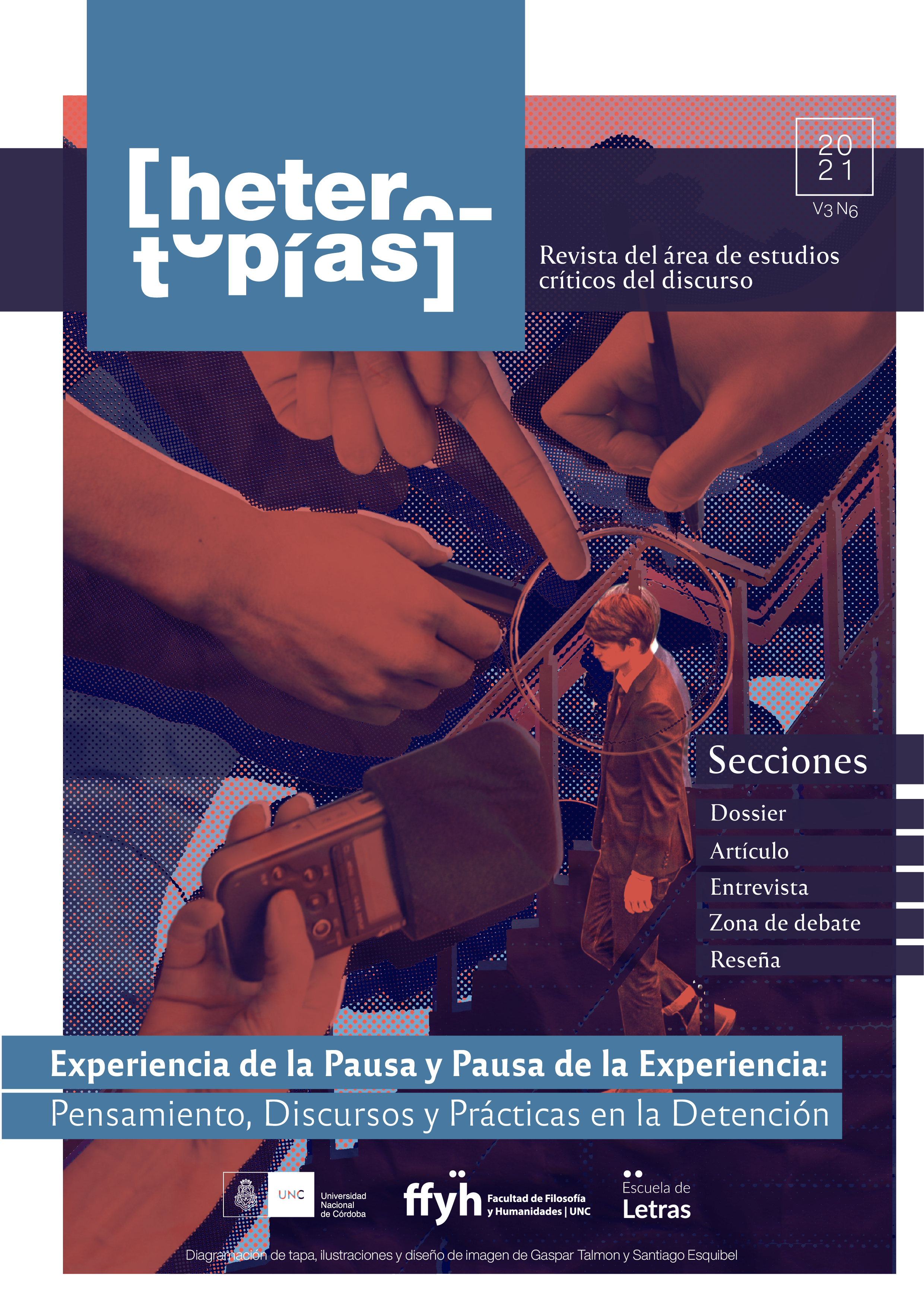Mutation: the absolute pause of the action
Main Article Content
Abstract
Based on Rossi Braidotti's phrase: "I will place mutations at the center of the analysis" (2005, p. 17), what is attempted in this writing is to expose the performance of the limit mutation as a flight from the horizon of action. The exposition of the concept of mutation as an absolute pause of action is preparatory to an exposition of mutation as an absolute pause of capital (of capital action). The exposition of mutation as an absolute pause of capital, is not developed, however, in this article. Nevertheless, it is relevant for a better understanding of this, to read it in that profession of faith. In the profession of faith of the mutation we also escape the heteronormed horizon of the revolution. Without this article extending thematically to the displacement of revolutionary action by mutant performance, it is in the resonance of that displacement that I propose to be read.
Downloads
Article Details

This work is licensed under a Creative Commons Attribution-NonCommercial-ShareAlike 4.0 International License.
Those authors who have publications with this journal, accept the following terms: Those authors who have publications with this journal, accept the following terms:
a. The authors will keep their copyright and guarantee to the journal the right of first publication of their work, which will be simultaneously subject to the Creative Commons Attribution - Non-Commercial - Share Alike (by-nc-sa) Attribution License; no commercial use of the original work or any derivative works is allowed, the distribution of which must be done with a license equal to the one that regulates the original work.
b. Authors may adopt other non-exclusive license agreements for the distribution of the published version of the work (e.g., deposit it in an institutional telematic archive or publish it in a monographic volume) provided that the initial publication in this journal is indicated.
c. Authors are allowed and recommended to disseminate their work through the Internet (e.g. in institutional telematic archives or on their website) before and during the submission process, which may lead to interesting exchanges and increase the number of citations of the published work. (See The effect of open access).
How to Cite
References
Benjamin, W. (1990). El origen del drama barroco alemán. Traducción José Muñoz Millares. Madrid: Taurus.
Braidotti, Rosi (2005). Metamorfosis. Hacia una teoría materialista del devenir. Traducción y edición Ana Varela Mateos. Madrid: Akal.
Deleuze, G (1984). La imagen-movimiento. Estudios sobre cine 1. Traducción Irene Agoff. Barcelona: Paidós,
Deleuze, G. (1987). La imagen-tiempo. Estudios sobre cine 2. Traducción Irene Agoff. Barcelona: Paidós.
Deleuze, G. (1989). El pliegue. Leibniz y el barroco. Traducción José Vásquez Pérez y Umbeleina Larraceleta. Barcelona: Paidós.
Deleuze, G (2008). Pintura. El concepto de diagrama. Traducción y notas Equipo editorial Cactus. Buenos Aires: Cactus.
Deleuze, G. & Guattari, F. (2002). Mil Mesetas. Capitalismo y esquizofrenia. Traducción de José Vásquez Pérez y Umbelina Larraceleta. Valencia: Pre-textos.
Lapoujade, David (2016). Deleuze. Los movimientos aberrantes. Traducción Pablo Ires. Buenos Aires: Cactus.
